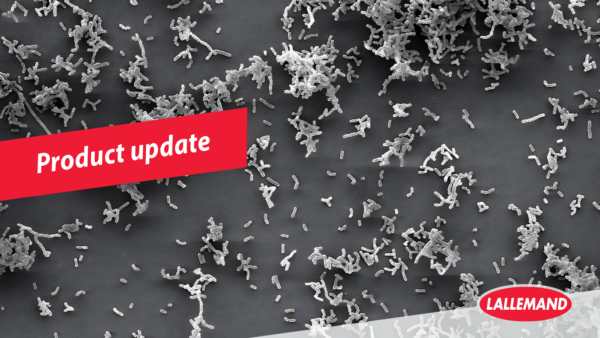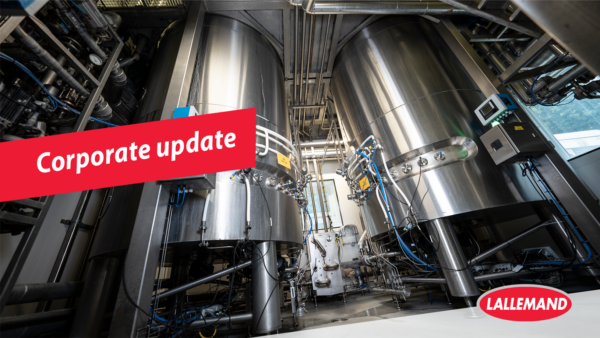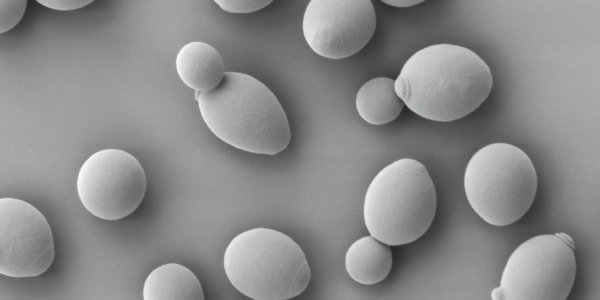Blog | Reading Time 2 minutes
Lallemand Premium Dry Yeast for Quality, Consistent Fermentations
The challenge of the brewer is to produce consistent and high-quality beer with every brew. Using high-quality yeast is essential in achieving this goal. With the increased variety and overall quality of dry yeast strains, many brewers are choosing to incorporate dry yeast into their fermentation tool kits.
The dry yeast advantage
Lallemand Premium dry yeast offers many advantages to achieve consistent and high-quality fermentations.
- Long shelf life with consistent performance even after years of storage (Figure 1)
- Stable viability means that dry yeast can be pitched by weight with no need to count cells
- Resistance to stress during shipping ensures that the customer receives the highest quality product
- Easy to use by rehydrating or pitching dry directly into the wort
- Aeration is not required for the first pitch

Lallemand Quality specifications
We perform a battery of QC tests, including genetic identification, microbiological purity, fermentation performance, and sensory analysis. Stability and long shelf life lead to higher quality as we can perform a more in-depth characterization over several weeks to ensure that only production lots meeting our high-quality specifications are released for sale. Production facilities are separated for all diastaticus strains and brewing bacteria to eliminate the risk of cross-contamination. Furthermore, all Lallemand dry yeast is traceable for each production lot, which is useful for troubleshooting any problems in the brewery, whether related to yeast and fermentation or not.
Repitching & Propagation
As a result of the industry-leading quality of Lallemand Premium dry brewing yeast and we certify that all of our strains are of sufficient purity to re-pitch and propagate while maintaining genetic stability and consistent flavor profiles to similar liquid yeast cultures (Chris Powell & Tobias Fischborn (2010) Serial Repitching of Dried Lager Yeast, Journal of the American Society of Brewing Chemists, 68:1, 48-56)
When re-pitching, the slurry harvested from a fermentation pitched with Lallemand dry yeast can be treated according to normal re-pitching best practices. Standard QC tests should be applied, such as measuring cell density, viability, and microbiology tests for contamination with wild yeast or bacteria. While dry yeast can be pitched without aeration (sufficient sterol and unsaturated fatty acid reserves support several cell divisions without requiring oxygen), the re-pitched yeast must be aerated to 8-10 ppm dissolved oxygen.
Whether you use dry yeast for regular or seasonal brews, pitching fresh or re-pitching for several generations, or simply keeping a few bricks in the fridge to re-start a stuck fermentation, with new strains being released every year, it is an exciting time to be using dry brewing yeast!
Published Mar 5, 2020 | Updated Jul 23, 2023
Related articles
Need specific information?
Talk to an expert


